Let's talk Italian Greyhounds
Packing speed, grace, and balance into a piccolo package, the Italian Greyhound is a lively, intelligent breed once favoured by the ancient Egyptians, Greeks, and Romans, both for companionship and hunting small game. Today, these toy beauties add instant chic to any setting, bringing a touch of Renaissance elegance with them wherever they go. The Italian Greyhound combines sensitivity, beauty, and adaptability, making them a wonderful companion for anyone ready to receive loads of affection from a stunning pet.
Official name: Italian Greyhound
Other names: Piccolo Levriero Italiano
Origins: Italy
Drooling tendencies
1 out of 5Shedding Level
2 out of 5Energy level*
4 out of 5Compatibility with other pets
4 out of 5Warm weather?
3 out of 5Suited to apartment living
5 out of 5Family pet?*
5 out of 5Can stay alone
1 out of 5
| Male | Female |
|---|---|
| Height | Height |
| 33 - 38 cm | 33 - 38 cm |
| Weight | Weight |
| 4 - 5 kg | 4 - 5 kg |
| Life stages | |
|---|---|
| Adult | |
| 10 months to 8 years | |
| Mature | Senior |
| 8 to 12 years | From 12 years |
| Baby | |
| Birth to 2 months | |
Drooling tendencies
1 out of 5Shedding Level
2 out of 5Energy level*
4 out of 5Compatibility with other pets
4 out of 5Warm weather?
3 out of 5Suited to apartment living
5 out of 5Family pet?*
5 out of 5Can stay alone
1 out of 5
| Male | Female |
|---|---|
| Height | Height |
| 33 - 38 cm | 33 - 38 cm |
| Weight | Weight |
| 4 - 5 kg | 4 - 5 kg |
| Life stages | |
|---|---|
| Adult | |
| 10 months to 8 years | |
| Mature | Senior |
| 8 to 12 years | From 12 years |
| Baby | |
| Birth to 2 months | |
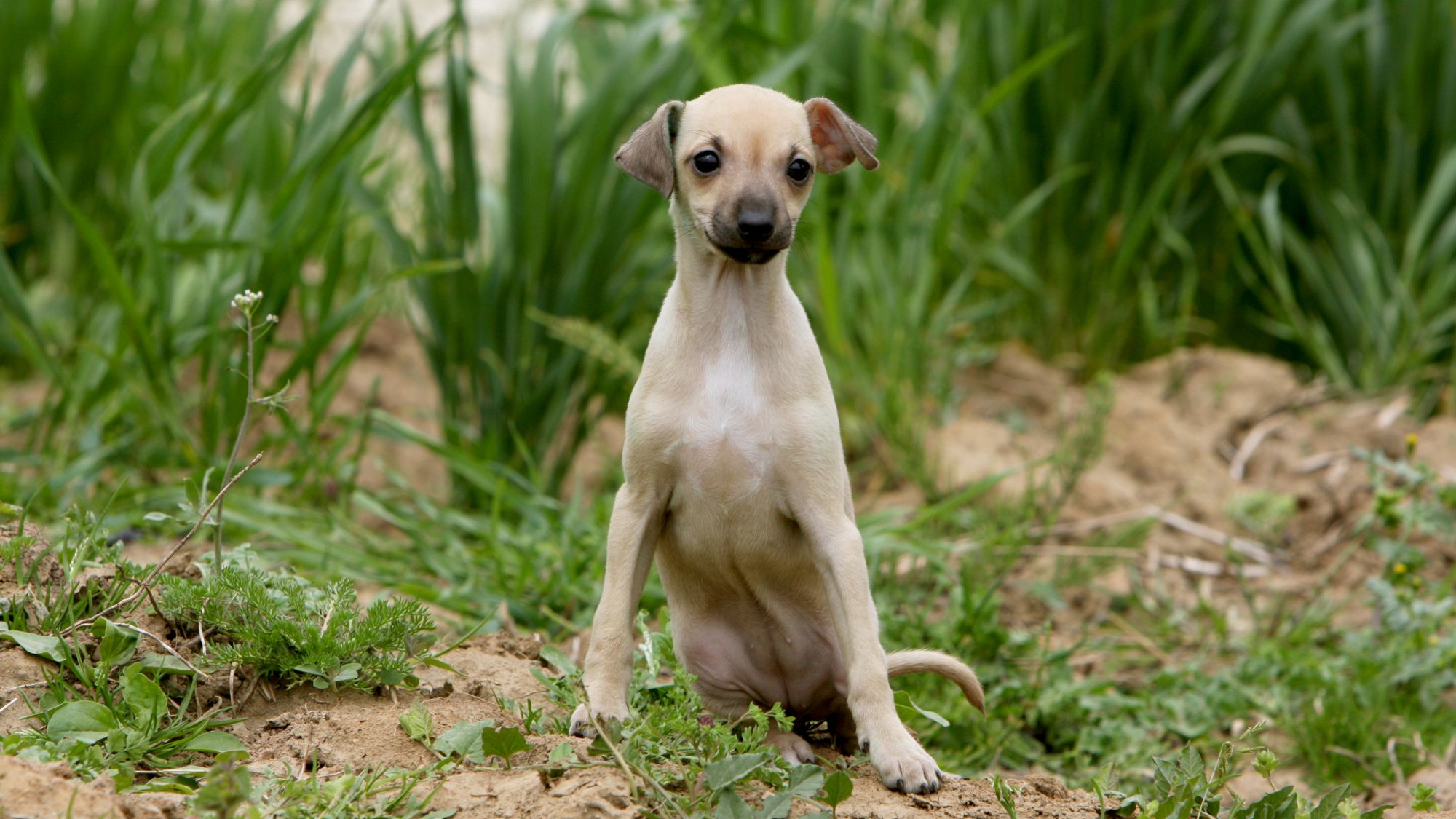
Get to know the Italian Greyhound
All you need to know about the breed
The smallest of the sighthounds, the Italian Greyhound resembles a miniature version of their cousin, the standard Greyhound. With a lithe, well-proportioned body that captures the aesthetics of the Renaissance period, it’s no wonder Italian Greyhounds found their way into the paintings of numerous masters.
Extremely gentle and good-natured, the Italian Greyhound thrives on attention and will follow you wherever you go—so be prepared to say goodbye to your privacy. But while the Italian Greyhound appreciates a good lounge, preferably on your lap, their other favourite pastime is indulging in sporadic bursts of energy that can send them whizzing around the house. True to their coursing hound nature, these canine Lamborghinis are born sprinters; but regular exercise and an enclosed space to run around in will help satisfy their intrinsic need for speed. That said, when out for a walk in the open, the Italian Greyhound should be kept on a lead since they have a strong prey drive and will break into a chase at the slightest prompt. Additionally, the Italian Greyhound does not handle the cold very well and should be dressed in dog-appropriate sweaters or coats for walks in colder months!
While good with family and other pets, the Italian Greyhound can be shy around strangers. Introducing this inherently sensitive breed to new faces and situations as early as possible will benefit both them and you in the long run. And remember: By calmly establishing yourself as the pack leader, you can avoid the little dog with a boss-of-the-house mentality and enjoy the total devotion your Italian Greyhound will eagerly give you.
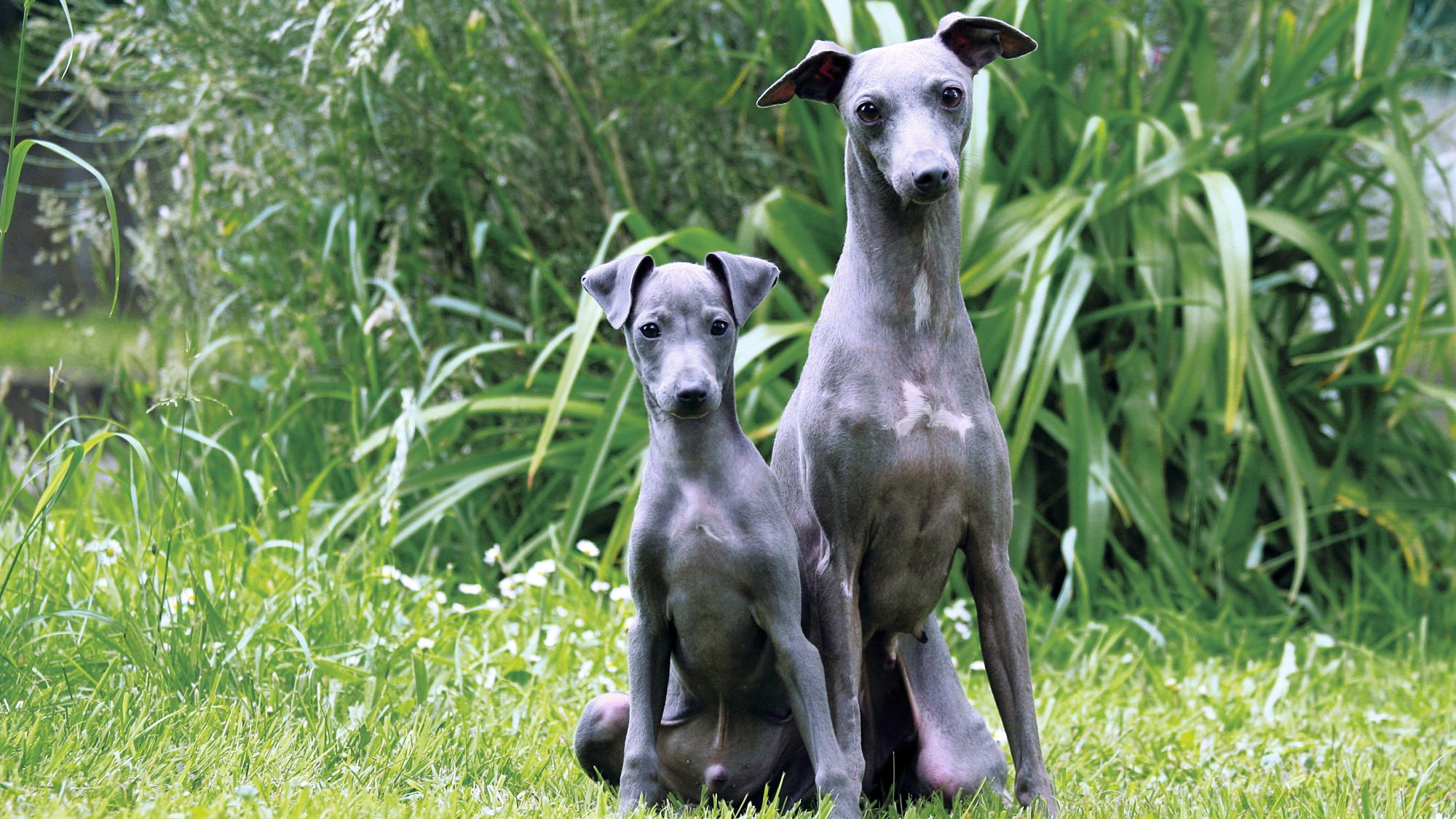
2 facts about Italian Greyhounds
1. Finding royal favour
For millennia, the Italian Greyhound has enjoyed an enviable existence as the preferred canine companion to nobles, aristocrats – and even royals. Mary Queen of Scots, Princess Anne of Denmark, Charles I, and Queen Victoria all owned Italian Greyhounds. But it was perhaps Frederic the Great of Prussia who made the greatest display of affection. It’s said that the monarch was buried alongside his beloved Italian Greyhound.
2. Eat your heart out, Mona Lisa
The Renaissance era produced a wealth of art that still draws immense crowds, eager to see the genius of artists like da Vinci and Michelangelo with their own eyes. For Venetian Renaissance painters, dogs were a symbol of fidelity, which is perhaps why the doting, affectionate Italian Greyhound found itself either included in or the subject of their works. Masters including Pisanello and Giotto di Bondone incorporated the Italian Greyhound into their paintings, immortalising the ancient breed for the pleasure of generations to come.
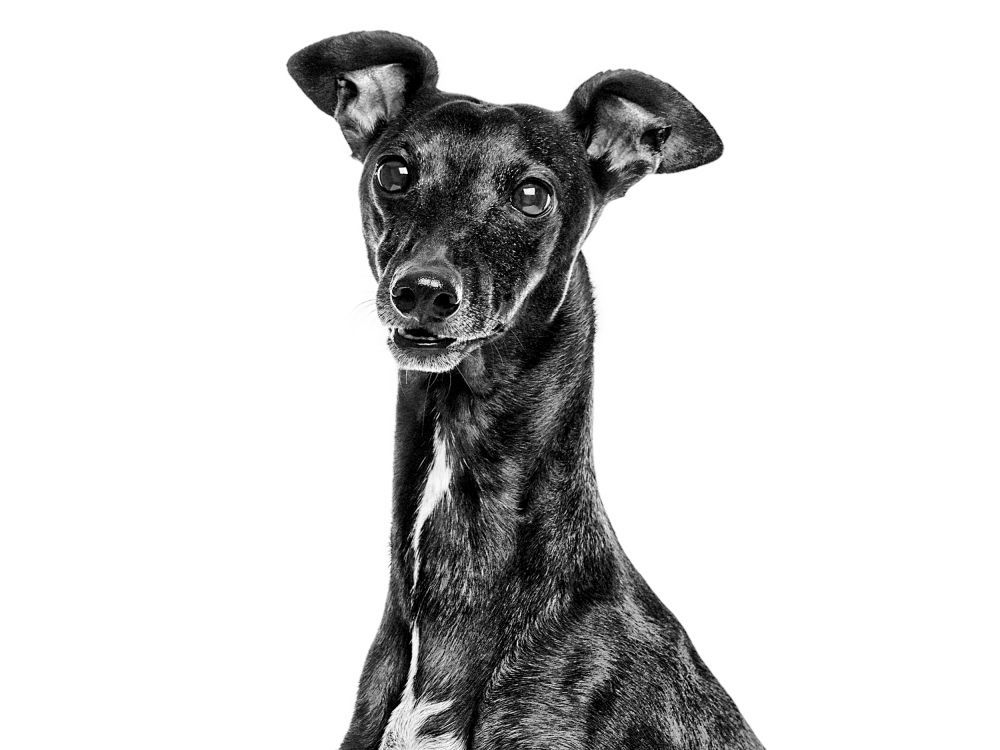
History of the breed
An ancient breed, the Italian Greyhound is thought to have originated in the Mediterranean basin – modern-day Greece and Turkey – over 2000 years ago, as evidenced by archaeological finds from the region. Some believe the Phoenicians are responsible for bringing these dogs to Europe where they were bred as companions and possibly used for hunting small game. By the Middle Ages, the breed was a popular status symbol amongst wealthy and noble southern Europeans, particularly in Italy, where it earned the name that it bears today.
In the 16th century, the breed made its debut on English soil where it soon became a Royal favourite, achieving peak popularity under the reign of Queen Victoria. The American Kennel Club registered its first Italian Greyhound in 1886 and significant breeding efforts were subsequently initiated.
However, in the meantime, the breed’s European popularity had waned significantly, and the destruction and poverty caused by both world wars nearly wiped them out altogether. Fortunately, British breeders were able to use dogs from the small but pure U.S. Italian Greyhound population to restore European numbers. Today, the Italian Greyhound is enjoying a rebirth in popularity with many happily choosing this small, loving breed as their family companion.
From head to tail
Physical characteristics of Italian Greyhounds
1.Eyes
2.Head
3.Body
4.Coat
5.Tail
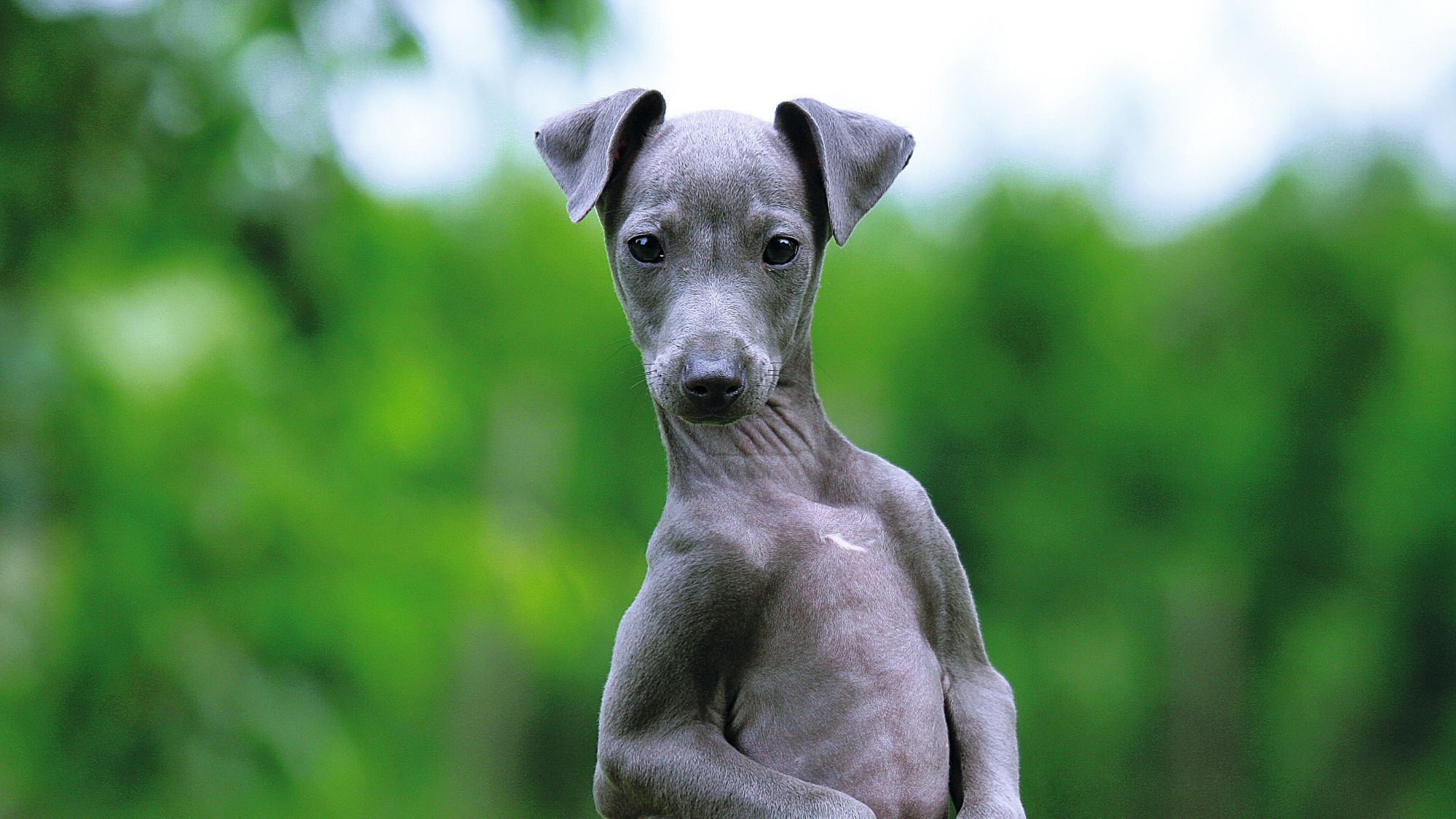
Things to look out for
From specific breed traits to a general health overview, here are some interesting facts about your Italian Greyhound
Eyes as a window to their health
Italian Greyhounds are fairly hardy dogs despite their small frames. However, they have been known to develop certain eye diseases such as cataracts, glaucoma, and progressive retinal atrophy (PRA). In addition to these, Italian Greyhounds can develop vitreous degeneration, a condition in which the vitreous, the clear material giving shape to the eye, becomes inflamed, then cloudy or liquified. The disease can lead to impaired vision or even blindness, so be sure to have your Italian Greyhound’s eyes checked regularly to ensure their healthy vision and general well-being.
Keeping watch over the joints
Italian Greyhounds can suffer from Legg-Calve-Perthes disease, a condition most commonly seen in small dogs wherein the head of the femur, or the ball in the ball-and-socket that constitutes the hip joint, suddenly begins to degenerate. This causes the dog to limp so as to avoid using the affected leg and can bring about lameness. The disease is diagnosed with successive x-rays and mild cases can be managed with medical therapy. Should you notice your Italian Greyhound avoiding the use of one of their legs, be sure to consult your vet to rule out Legg-Calve-Perthes or, if necessary, to decide on the best course of action.
Healthy diet, healthier dog
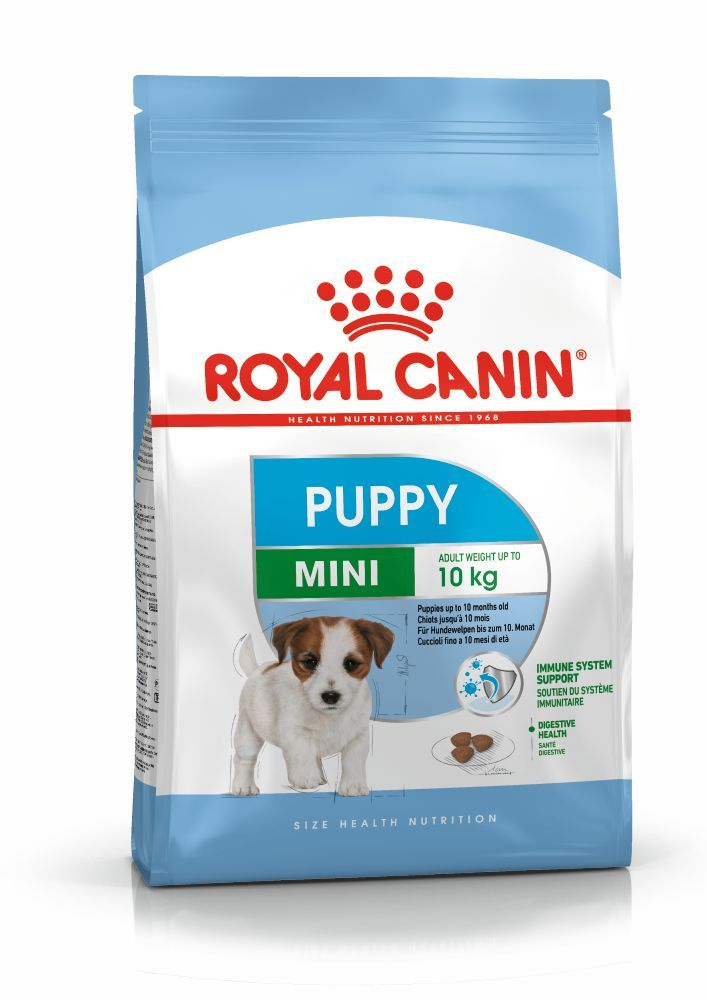
When choosing food for an Italian Greyhound, there are many factors to consider: Their age, lifestyle, activity level, physiological condition, and health including potential sickness or sensitivities. Food provides energy to cover a dog’s vital functions, and a complete nutritional formula should contain an adjusted balance of nutrients to avoid any deficiency or excess in their diet, both of which could have adverse effects on the dog.
Clean and fresh water should be available at all times to support good urinary regularity. In hot weather and especially when out exercising, bring water along for your dog’s frequent water breaks.
The following recommendations are for healthy animals. If your dog has health problems, please consult your veterinarian who will prescribe an exclusively veterinary diet.
An Italian Greyhound puppy’s requirements, in terms of energy, protein, minerals and vitamins, are much greater than those of an adult dog. They need energy and nutrients to maintain their body, but also to grow and build it. Until they are 10 months old, an Italian Greyhound puppy’s immune system develops gradually. A complex of antioxidants – including vitamin E – can help support their natural defences during this time of big changes, discoveries, and new encounters. Their digestive functions are different from those of an adult Italian Greyhound, too: Their digestive system is not mature yet so it’s important to provide highly-digestible proteins that will be effectively used. Prebiotics such as fructo-oligosaccharides, support digestive health by helping balance the intestinal flora, resulting in good stool.
Similarly, a puppy’s teeth – starting with the milk teeth, or first teeth, then the permanent teeth – are an important factor that needs to be taken into account when choosing the size, form, and hardness of kibble. This intense growth phase also means high energy needs, so the food must have a high energy content (expressed in Kcal/100g of food), while concentrations of all other nutrients will also be higher than normal in a specially-formulated growth food. It is recommended to split the daily allowance into three meals until they are six months old, then to switch to two meals per day.
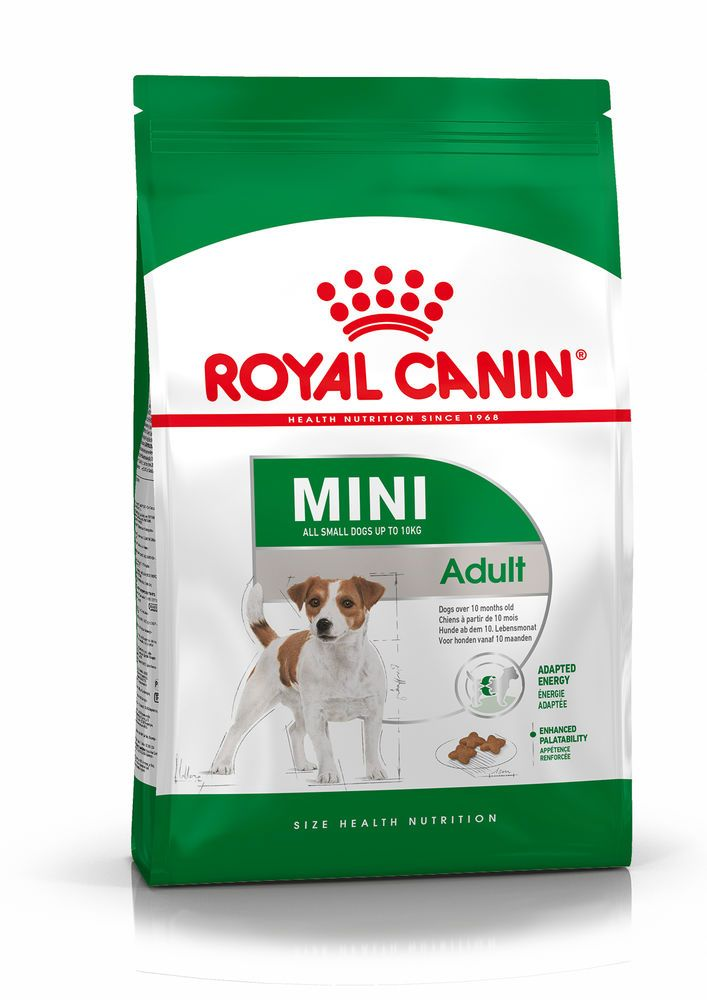
The main nutritional goals for adult Italian Greyhounds are:
Maintaining an ideal body weight by using highly-digestible ingredients and keeping the fat content at a sensible level.
Preserving the health and beauty of the skin and coat with the enriched addition of essential fatty acids (especially EPA and DHA), essential amino acids, and B vitamins.
At adult age, small breed dogs are exposed to oral and dental disorders, more precisely, accumulation of dental plaque and tartar. The Italian Greyhound’s teeth and jaws need a lot of protection. A kibble shape and a texture designed to promote chewing can help in slowing down the formation of dental plaque, and a formula containing calcium chelators can help reduce tartar formation, hence helping to support daily oral hygiene. Small breed dogs are well known for being fussy eaters. Exclusive formula and flavourings, as well as a kibble size with a special texture, will stimulate their appetite. Small breed dogs are prone to urinary stones; a diet that supports a healthy urinary system is recommended.
For Italian Greyhounds living mainly indoors, highly-digestible proteins, an appropriate fibre content, and very high-quality carbohydrate sources will help reduce faecal smell and volume. Because an indoor lifestyle often means less exercise, an adapted calorie content, which meets the reduced energy needs, and a diet that contains L-carnitine, which promotes fat metabolism, can help maintain an ideal weight. It is important to avoid feeding them human foods or fatty snacks. Instead, reward your dog with kibble taken from their daily meal allowance, and strictly follow the feeding guidelines written on the package in order to prevent excessive weight gain.
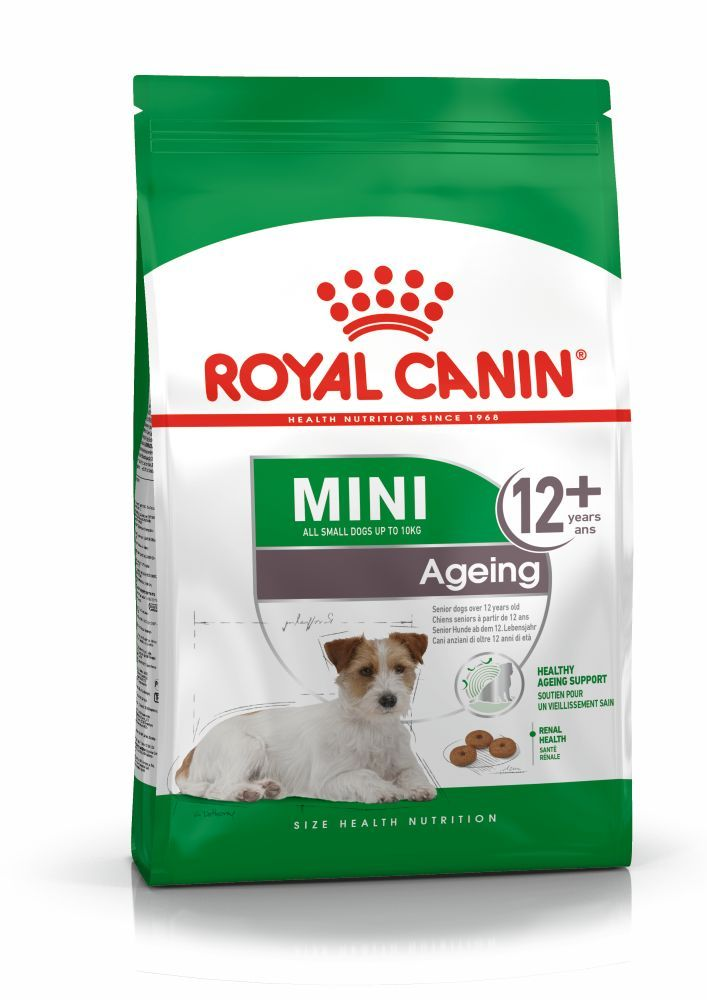
After 8 years old, Italian Greyhounds start facing the first signs of ageing. A formula enriched with antioxidants will help maintain their vitality and an adapted phosphorous content will support their renal system. Ageing is also accompanied by the modification of digestive capacities and particular nutritional requirements, so food for older Italian Greyhounds should have the following characteristics:
Higher vitamin C and E content. These nutrients have antioxidant properties, helping to protect the body’s cells against the harmful effects of the oxidative stress linked to ageing.
High-quality protein. Contrary to a widely held misconception, lowering the protein content in food brings little benefit in limiting kidney failure. In addition, older dogs are less efficient at using dietary protein than younger dogs. Reducing the phosphorous content is a good way of slowing down the gradual deterioration of kidney function.
A higher proportion of the trace elements iron, copper, zinc, and manganese to help maintain the good condition of the skin and coat.
A higher quantity of polyunsaturated fatty acids to help maintain the quality of the coat. Dogs can normally produce these fatty acids, but ageing can affect this physiological process.
As they age, dogs increasingly suffer from teeth problems. To ensure they continue to eat in sufficient quantities, the shape, size, and hardness of their kibble needs to be tailored to their jaw.
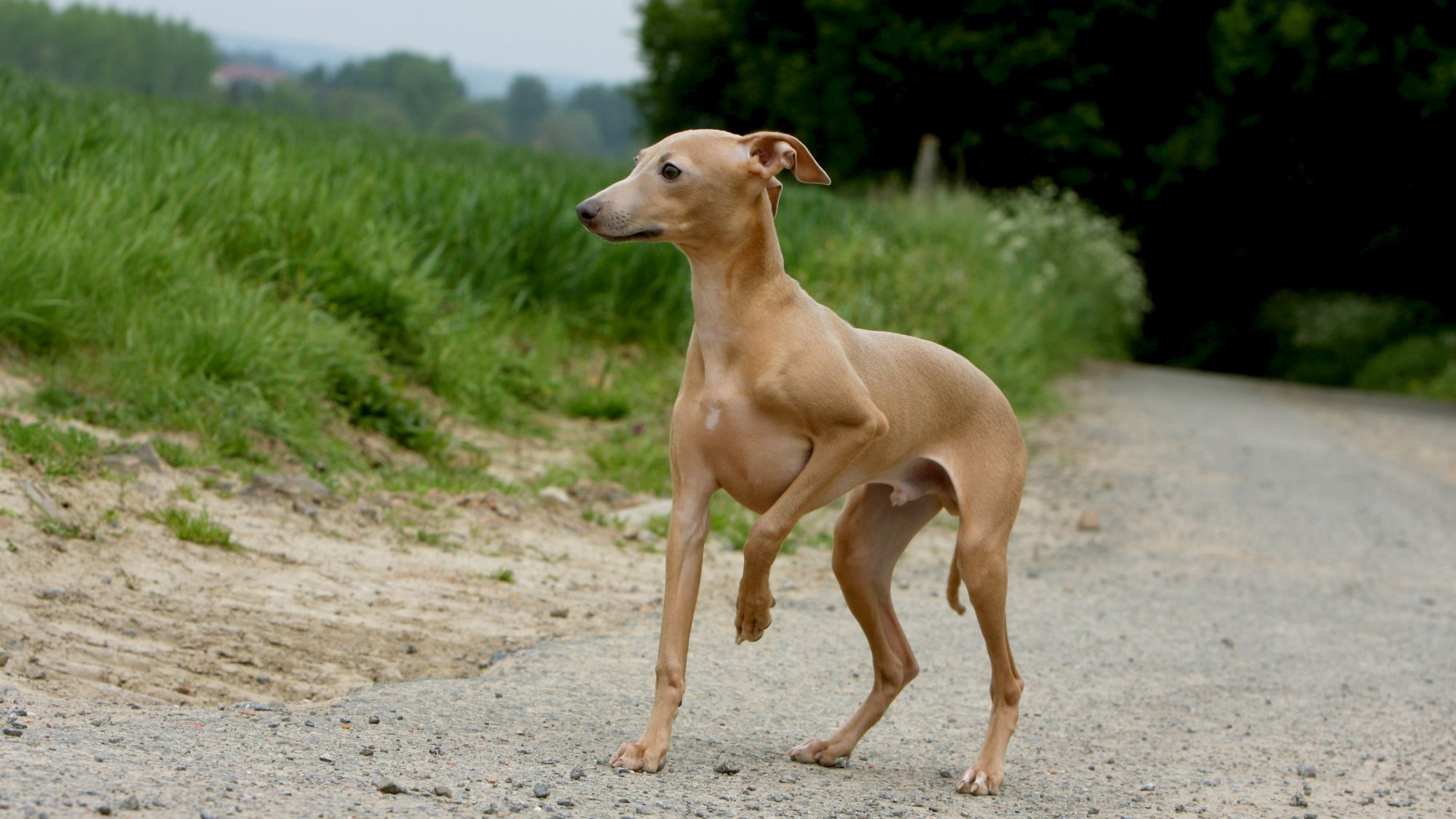
Caring for your Italian Greyhound
Grooming, training and exercise tips
7/7
All about Italian Greyhounds
Though little, the Italian Greyhound doesn’t yap; however, they do bark and won’t hesitate to do so to let you know a stranger is coming your way. Which is a good thing, right?
Italian Greyhounds are quite content living indoors. In fact, they thrive in a warm environment and don’t particularly care to go out in cold or inclement weather.
Suggested Breeds
Read more on this topic
Sources
- Veterinary Centers of America https://vcahospitals.com/;
- Royal Canin Dog Encyclopaedia. Ed 2010 and 2020
- Banfield Pet Hospital https://www.banfield.com/
- Royal Canin BHN Product Book
- American Kennel Club https://www.akc.org/
Like & share this page